Water resources
-
Emmanuel, E.C, Magori Jackson Nyangi, Makarius, Lalika
-
20 November 2025
11
3
Assessment of Heavy Metals Contamination in Tributaries at Musoma and Tarime Towns
DOI:
https://doi.org/10.56542/w.jwempo.v2.i2.a5.2025
Download / view PDF
Keywords:
Water quality, Heavy metals, Tributaries, Lake Victoria Basin, Musoma, Tarime
Abstract
Water contamination by heavy metals poses serious environmental and public health threats, particularly in urban and agricultural regions where human activities intensify pollution. This study aimed to determine the levels of heavy metal contamination in urban tributaries along Musoma and Tarime towns to safeguard aquatic ecology and public health. Seventy-eight (78) water samples were collected from twenty-six (26) strategically selected sites across the two urban areas. Physicochemical parameters (pH, EC, TDS, turbidity, and temperature) were analyzed on-site using the potentiometric method, while heavy metals (Hg, As, Cr, Pb, Cd, Zn, and Cu) were determined using ICP–MS. Results showed wide spatial variations with pH (7.3–8.94), EC (94–3900 µS/cm), TDS (56–2360 mg/L), turbidity (9.4–2098 NTU), and temperature (22.4–27.8 °C). Metal concentrations ranged from Pb (0.005–0.082 mg/L), Cd (0.002–0.019 mg/L), Cr (0.004–0.021 mg/L), As (0.0003–0.001 mg/L), Cu (0.006–0.118 mg/L), Zn (0.032–0.264 mg/L), and Hg (0.0001–0.0004 mg/L). Pb and Cd Concentrations exceeded WHO drinking water limits, suggesting contamination from mining and domestic discharges. Overall, findings reveal moderate but spatially variable contamination, highlighting the need for continuous monitoring, stricter pollution control, effective remediation to protect water quality in the Lake Victoria Basin.
